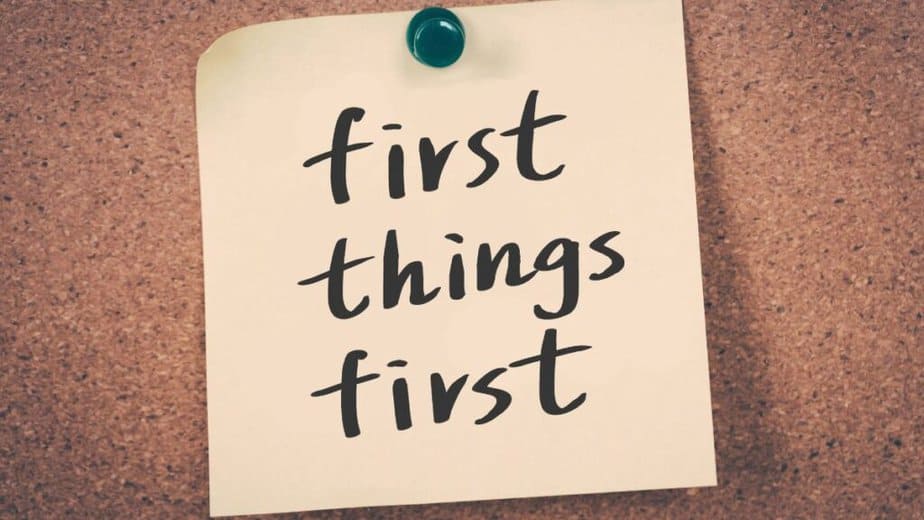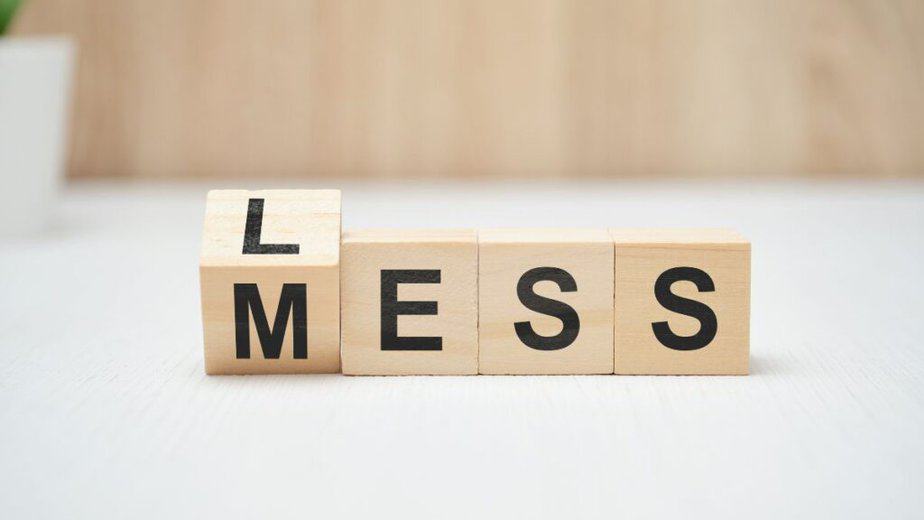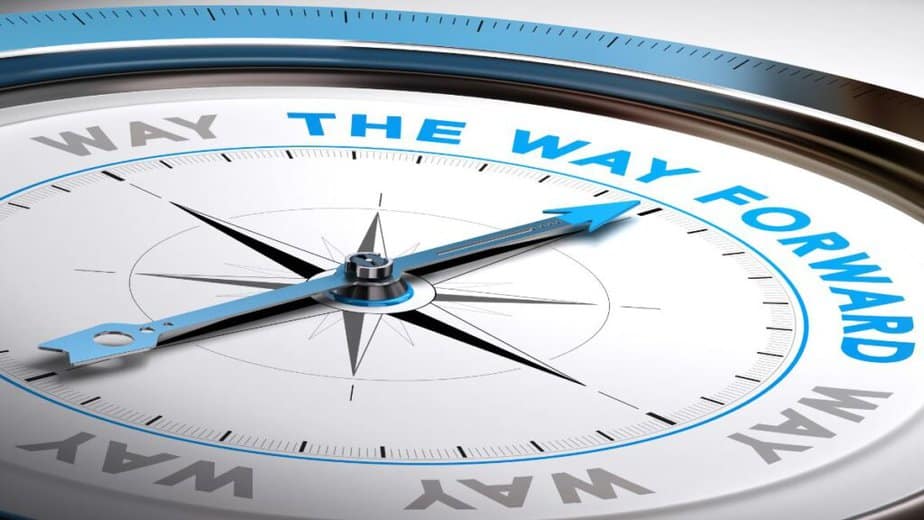Adapt and overcome. The world never stops changing. The only constant is change itself. Whether it’s a shift in your career, a twist in your personal life, or a shake-up in your daily routine, change is inevitable.
But it is not the change itself that defines us, but how we respond to it.
I will offer you a new way of looking at the world. I will encourage you to embrace the flow of life, instead of fighting against it. Learn to ride the waves of change instead of getting swept away.
Dive into the heart of adaptability and continuous improvement. Explore how being flexible and responsive is a strategy for thriving.
The Nature of Change
Change. It’s like the wind – you can’t see it, but you can certainly feel it. It’s always there, sometimes as a gentle breeze, other times as a powerful gale. It’s unpredictable, inevitable, and it touches everything.
The technology we use, the skills we need, the way we work – they’re all in constant flux. Change sneaks into our personal lives too – new relationships, unexpected challenges, and shifts in our health or habits.
We’re creatures of habit.
We find comfort in the familiar, the predictable. But when we cling too tightly to the familiar, we close the door to growth. We limit our potential to evolve, to discover, to expand.
Resisting change is like trying to hold back the tide. It’s exhausting and, ultimately, futile. The businesses that falter, the careers that stagnate, the personal growth that halts – they often share a common thread: a resistance to change.1
What if we viewed change not as a threat, but as an ally?
What if we learned to anticipate and embrace change, to dance with it?
This mindset – this openness to the ever-changing nature of life – is at the heart of adaptability. It’s the first step in mastering the art of continuous improvement.
Embracing Adaptability
Embracing adaptability is about being flexible enough to handle whatever comes your way.
Imagine adaptability as a muscle. The more you use it, the stronger it gets. It’s about looking at a shift in circumstances not as a setback, but as a chance to grow, to learn something new, to approach problems creatively.
In a world that’s constantly evolving, the ability to adapt is more than useful – it’s essential.
Think about some of the most successful companies and individuals. What sets them apart? They don’t just react to change; they anticipate and embrace it. They pivot when needed, they’re quick to adopt new strategies, and they’re always learning.
They understand that staying still is the same as falling behind.
Being adaptable doesn’t mean losing sight of who you are or what you value. It’s quite the opposite. It’s about holding on to your core while being flexible in your approach. It is yin and yang.2
An adaptable person is open to new ideas, new methods, and sometimes, new paths.
Adaptability isn’t a trait you’re born with – it’s a skill you can develop3. It starts with a mindset that welcomes change, that sees the unknown not as a barrier, but as an adventure. It’s about building resilience that allows you to face change head-on and come out stronger on the other side.
Great leadership isn’t an event—it’s a habit. Get actionable leadership habits every Monday and Thursday.
Strategies for Continuous Improvement
Continuous improvement is about taking steady, ongoing steps towards bettering ourselves and our work. It’s a journey of constant learning and adaptation. Here are some strategies to embed this practice into your life:
Embrace a growth mindset. Start by believing in your ability to grow and improve. Adopt a mindset that views challenges as opportunities to learn rather than insurmountable obstacles. This perspective encourages a continual quest for improvement.
Set incremental goals. Break down your long-term goals into smaller, manageable objectives. These should be achievable and measurable. By celebrating small wins and learning from small setbacks, you create a culture of progress in your life.
Seek feedback actively. Feedback is invaluable for improvement. Regularly seek input from colleagues, mentors, friends, or even customers. Be open to constructive criticism and use it as a guide for making adjustments.
Reflect regularly. Make it a habit to reflect on your actions and decisions. What worked well? What could be improved? This reflection can be a daily quick review or a more in-depth weekly or monthly analysis.
Stay informed and flexible. Keep up-to-date with the latest trends and developments in your field. Being informed helps you to anticipate changes and adapt quickly. Flexibility is key to implementing new ideas and abandoning outdated practices.
Learn continuously. Dedicate time for learning. This could be through reading, attending workshops, or online courses. Continuous learning not only improves your skill set but also keeps you adaptable and innovative.
Experiment and iterate. Don’t be afraid to try new approaches or methods. See each attempt as an experiment. Some will succeed, others won’t, but each provides valuable learning experiences.
Build a support network. Surround yourself with people who encourage and support your growth. Collaborate and share knowledge. A supportive network can provide motivation, inspiration, and different perspectives.
Continuous improvement isn’t about a drastic overhaul but about making small, consistent changes that lead to significant, long-lasting improvements.
Learning from Setbacks
Setbacks and failures are invaluable teachers in the art of continuous improvement. They’re not just roadblocks but signposts, guiding us towards better paths. You can turn setbacks into stepping stones.
Normalize and accept failure. First, accept that setbacks are a normal part of any journey. They happen to everyone. The key is not to dwell on the failure itself, but on what it can teach you. Changing your perspective on failure – seeing it as a natural, even necessary, part of growth – is crucial.
Analyze the setback. When a setback occurs, take the time to analyze it. What went wrong? Were there warning signs? Understanding the root cause of a failure helps you avoid similar mistakes in the future. It’s about extracting lessons from every misstep.
Adapt Your approach. Use the insights gained from your setbacks to refine your approach. Maybe you need to alter your strategy, develop new skills, or shift your focus. Adaptation is about being fluid and responsive to the lessons learned from your experiences.
Build resilience. Each setback is an opportunity to build resilience. It’s about getting back up, dusting yourself off, and moving forward with newfound wisdom. Resilience is not just about enduring but also about emerging stronger from challenges.
Seek support and perspectives. Sometimes, an outside perspective can provide insights you might not see. Discuss your setbacks with mentors, peers, or friends. They can offer support, advice, and sometimes, a much-needed fresh perspective.
Document your learnings. Keep a journal or record of the challenges you face and the lessons you learn. This not only serves as a reminder of how far you’ve come but also as a resource for future challenges.
Stay positive and forward-thinking. Maintain a positive outlook. Focus on the future and the opportunities ahead, rather than dwelling on past failures. A positive mindset keeps you open to new possibilities and ready to seize them.
Learning from setbacks transforms them from end points to waypoints on your journey of continuous improvement. By embracing and learning from your failures, you develop a deeper understanding, a stronger resilience, and a clearer path forward.
Building a Mindset for Improvement
The foundation of continuous improvement is not just in actions, but in mindset. Cultivating a mindset geared towards growth and learning is critical.
Kapag gusto may paraan. Kapag ayaw, maraming dahilan.4
Here’s how you can build and nurture this mindset:
Cultivate curiosity. Stay curious. Curiosity drives you to explore, ask questions, and seek new ways of doing things. It keeps you open to new ideas and perspectives, which is essential for continuous improvement.
Embrace change as a constant. Accept that change is a constant part of life. Instead of resisting it, learn to adapt to it. This adaptability is key in today’s ever-evolving world and is a cornerstone of a mindset geared towards continuous improvement.
Value the process over the outcome. Focus on the journey, not just the destination. Appreciate the process of learning and growing. Celebrate the effort and progress, not just the final result. This approach keeps you motivated and resilient.
Practice reflective thinking. Make time for regular reflection. Reflect on your successes and challenges. What lessons did they bring? Reflective thinking allows you to pause, assess, and plan your next steps more effectively.
Stay open to feedback. Be open to and actively seek feedback. Constructive criticism can be a powerful tool for growth. It provides you with different perspectives and insights that you might have missed.
Maintain a positive attitude. A positive attitude helps you face challenges with a can-do spirit. It’s about seeing obstacles as opportunities to grow and improve. Positivity breeds creativity and resilience, essential elements for continuous improvement.
Be a lifelong learner. Commit to lifelong learning. Whether it’s through formal education, reading, attending workshops, or simply learning from those around you, continuous learning is a critical component of continuous improvement.
By building a mindset for improvement, you prepare yourself not just to deal with change and challenges but to actively seek and embrace opportunities for growth and development.
Implementing and Reviewing Changes
Once you’ve embraced the mindset for improvement and learned from your setbacks, the next step is to implement and review these changes effectively. This cycle of action and reflection is what keeps the wheel of continuous improvement turning.
Start with small changes. Implementing change doesn’t always have to be about big leaps. Start small. Minor adjustments can often lead to significant improvements. This approach makes change more manageable and less overwhelming.
Create an action plan. For each change you decide to implement, develop a clear action plan. What are the steps you need to take? Set deadlines and define measurable outcomes. This structured approach helps ensure that your changes are purposeful and directed. (Explore the 4DX Framework.)
Regularly monitor progress. Once you’ve implemented a change, keep a close eye on your progress. Are you moving closer to your goals? Use tools, apps, or simple journaling to track your progress. Regular monitoring helps you stay on course and identify areas that need adjustment.
Schedule reviews. Set specific times to review the changes you’ve implemented. During these reviews, ask yourself: Is this working? What impact has it had? What can be improved? Scheduled reviews help maintain a cycle of continuous feedback and adaptation.
Be Ready to iterate. Based on your reviews, be prepared to make further changes. Sometimes, an approach might not work as expected, and that’s okay. Be ready to go back to the drawing board. Continuous improvement is about iteration – testing, learning, and refining.
Involve others. If applicable, involve your team, family, or friends in the process of implementing and reviewing changes. They can offer valuable insights, support, and feedback that can enhance the effectiveness of your improvements.
Celebrate progress. Recognize and celebrate the progress you make with each change, no matter how small. Celebrating progress keeps you motivated and reinforces the value of continuous improvement in achieving your goals.
Implementing and reviewing changes are like navigating a ship; you set the course, adjust the sails along the way, and occasionally, you might have to change direction. But with each adjustment, you get better at steering towards your destination – a life of continuous improvement and growth.
Adapt and Overcome
The journey towards improvement is continuous and ever-evolving. Embrace change, learn from setbacks, and be willing to adapt and grow. This journey is not a straight line but a spiral of learning, applying, reevaluating, and improving.
We’ve explored the importance of a growth mindset, the power of embracing adaptability, and the value of learning from setbacks. We’ve delved into practical strategies for implementing and reviewing changes in our lives. All these elements come together to form a resilient approach to personal and professional growth.
Continuous improvement is not about a destination. It’s about the journey itself – a journey of exploration, learning, and adaptation. See each day as an opportunity to be a little better than yesterday. Be more agile, more innovative, and more equipped to handle the challenges and opportunities that life throws your way.
Carry with you the lessons from this journey. Stay curious, stay open, and embrace the continuous cycle of improvement.
Footnotes:
- If you feel uneasy or defensive about new ideas, avoid trying new things, or often think “this won’t work,” you might be resisting change. It’s when comfort with the familiar overrides curiosity for the new. ↩︎
- Yin and Yang represent opposite forces that are interconnected and balance each other. Yin is passive, dark, and feminine, while Yang is active, bright, and masculine. Together, they symbolize the harmony of the universe, showing that opposites can coexist and depend on each other. ↩︎
- The Filipino translation of “adaptability” is “kakayahang umangkop,” which means the ability to adjust or change easily to different conditions or situations. ↩︎
- The saying “kapag gusto may paraan, kapag ayaw maraming dahilan” means if you really want to do something, you’ll find a way; if not, you’ll find excuses. It aligns with a growth mindset by emphasizing that challenges are opportunities for growth and learning, rather than obstacles. Those with a growth mindset see effort as a path to mastery, finding solutions instead of giving up, reflecting the essence of the saying. ↩︎






